John Coltrane - Triple Best Of (2009)
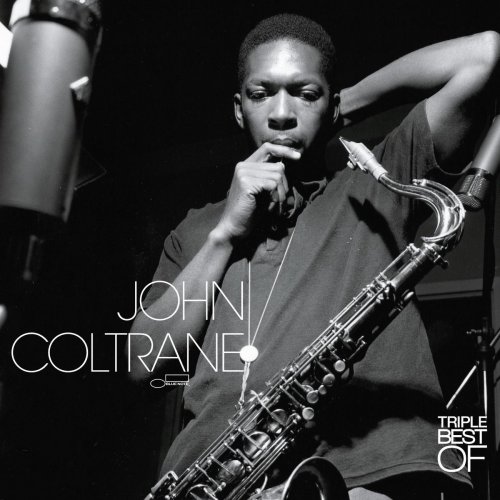
Artist: John Coltrane
Title: Triple Best Of
Year Of Release: 2009
Label: Blue Note
Genre: Jazz
Quality: FLAC (tracks) / MP3 320 Kbps
Total Time: 03:03:03
Total Size: 1.3 Gb / 468 Mb
WebSite: Album Preview
Tracklist: Title: Triple Best Of
Year Of Release: 2009
Label: Blue Note
Genre: Jazz
Quality: FLAC (tracks) / MP3 320 Kbps
Total Time: 03:03:03
Total Size: 1.3 Gb / 468 Mb
WebSite: Album Preview
CD 1
1. John Paul Jones 06:58
2. Shifting Down 10:42
3. Dexterity 06:47
4. Speak Low 06:50
5. Like Someone In Love (Remastered) 08:09
6. Double Clutching (Digital Remaster) 08:21
7. Just Friends (1991 Digital Remaster) 06:17
8. One And Four (AKA Mr Day) (Studio Outtake) 07:37
CD 2
1. Blue Train (Digital Remaster/1997) 10:40
2. Blue Train (Alternate Take) 09:55
3. Moment's Notice (Digital Remaster/1996) 09:08
4. Locomotion (Digital Remaster/1996) 07:13
5. I'm Old Fashioned (Remaster/1997) 07:56
6. Lazy Bird 07:05
7. Lazy Bird (Alternate Take) 07:11
CD 3
1. Just For The Love 03:42
2. Sonny's Crib 13:29
3. Monk's Mood (Live At Carnegie Hall, New York/1957) 07:54
4. Epistrophy (Live At Carnegie Hall, New York /1957/Early Show) 04:30
5. Smoke Stack (Alternate Take)11:00
6. Come Rain Or Come Shine (1998 Remaster) 07:28
7. Nita 06:31
8. Ball Bearing (Remastered) 08:10
A towering musical figure of the 20th century, saxophonist John Coltrane reset the parameters of jazz during his decade as a leader. At the outset, he was a vigorous practitioner of hard bop, gaining prominence as a sideman for Miles Davis before setting out as a leader in 1957, when he released Coltrane on Prestige and Blue Train on Blue Note. Coltrane quickly expanded his horizons, pioneering a technique critic Ira Gitler dubbed "sheets of sound," consisting of the saxophonist playing a flurry of notes on his tenor within the confines of a few chords. During his last days with Davis, along with his earliest records for Atlantic, Coltrane leaned into this technique, but as he developed his career as a leader in the early '60s, he also turned lyrical. His sweet, fluid soprano sax distinguished My Favorite Things, which helped turn the album into a standard upon its release in 1961, but Coltrane soon backed away from mainstream acceptance. Working with pianist McCoy Tyner, drummer Elvin Jones, and bassist Jimmy Garrison -- a band that would be labeled the "Classic Quartet" -- Coltrane entered a fearless exploratory phase, explicitly incorporating his spiritual quest into his experimental music. A Love Supreme, an album released on Impulse! in 1965, marked the popular height of this period, but Coltrane continued to voyage to the outer edges of jazz in his final years, collaborating with Archie Shepp and Pharoah Sanders. Liver cancer ended his life prematurely: he died at the age of 40 in 1967, just ten years after his first LP as a leader -- but Coltrane's legacy was so varied and rich, he remained the touchstone for creativity in jazz for decades after his passing.
![Nābu Pēra - Soundscapes of Nicosia (2025) [Hi-Res] Nābu Pēra - Soundscapes of Nicosia (2025) [Hi-Res]](https://img.israbox.com/img/2025-12/14/lhs20jten1ip5ht0uibyjocfe.jpg)
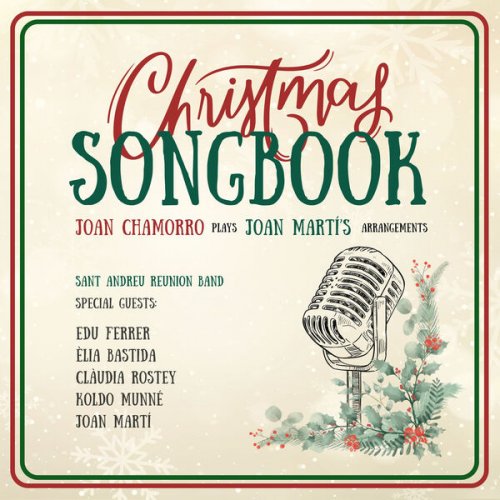
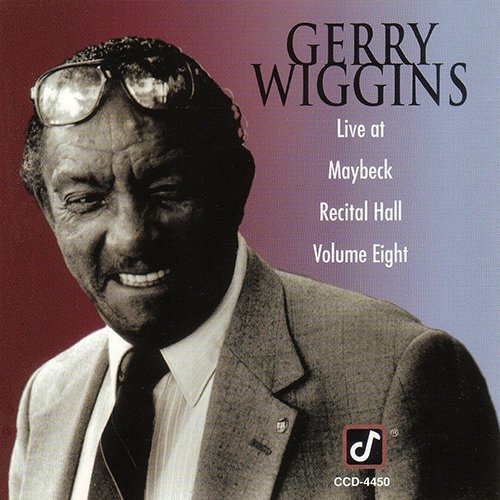
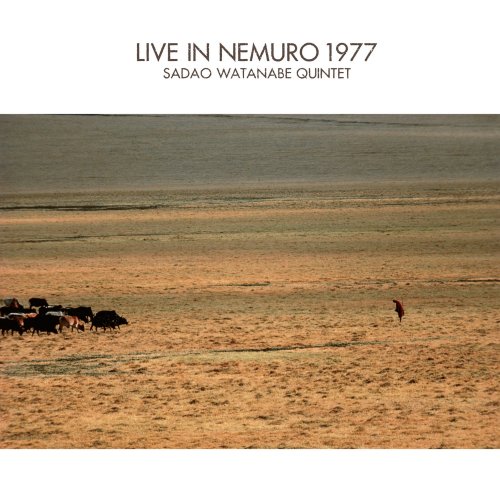
![Tomasz Stańko - Piece for Diana and Other Ballads (Polish Radio Sessions vol. 1/6) (2025) [Hi-Res] Tomasz Stańko - Piece for Diana and Other Ballads (Polish Radio Sessions vol. 1/6) (2025) [Hi-Res]](https://www.dibpic.com/uploads/posts/2025-12/1765788761_cover.jpg)

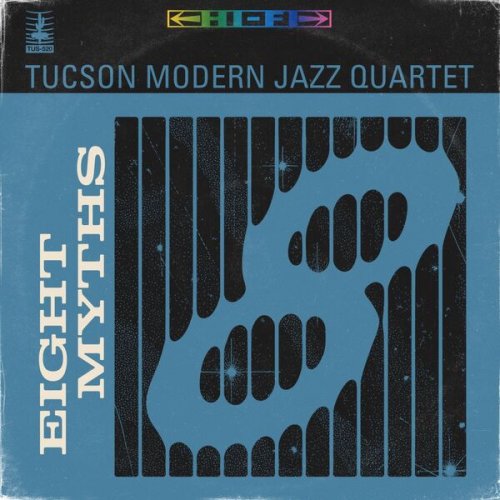

![Eshon Burgundy - Safe Place (Bossa Nova Jazz) (2025) [Hi-Res] Eshon Burgundy - Safe Place (Bossa Nova Jazz) (2025) [Hi-Res]](https://www.dibpic.com/uploads/posts/2025-12/1766079194_cover.jpg)